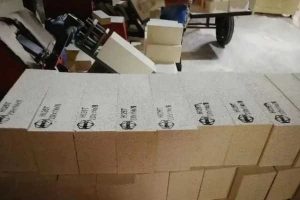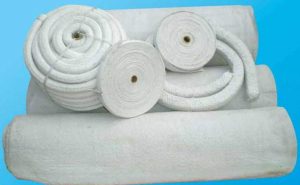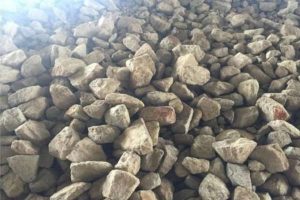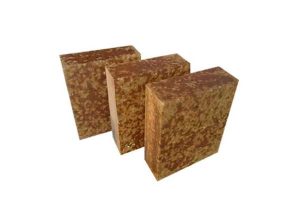4種類の断熱耐火レンガの作製方法, どれが最も有望ですか?
断熱性耐火レンガは主に材料内部の多数の気孔によって実現されます。, 内部細孔の形成は断熱耐火材料の製造の重要な部分です.
サイズ, 形, 番号, 耐火レンガの内部細孔の分布は耐火材料の性能に影響します。, したがって、耐火材料の準備の鍵は、材料内部に均一に分布した適切なサイズと数の細孔を形成することです。.
現在のところ, 断熱耐火物調合法と接合する燃焼排気法, 泡立て法, ガス発生方式, 多孔質材料法, 等々. もちろん, 多孔質セラミックスを作製するにはゾルゲル法などの多くの方法があります。, 有機発泡含浸法, 自己伝播型高温合成法. 断熱耐火物の製造にも使用できます。.
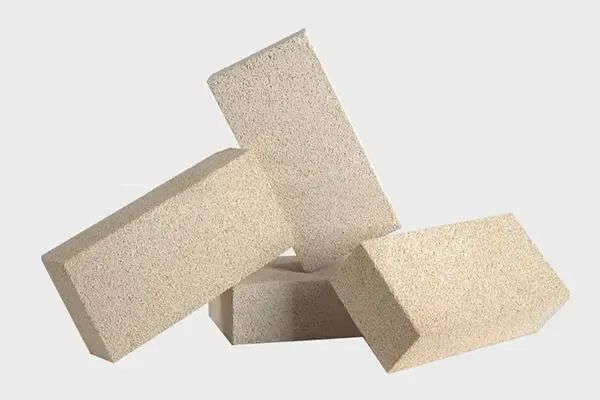
1. 可燃物がメソッドに追加される
名前が示すように, 可燃物の追加方法は、材料内に完全に燃焼できる物質を追加して空間を占有することです。, 木材チップなどの, 無機炭素, ポリマー, 等々. それらが燃えたとき, 灰が少なく、その場で細孔が形成されます。. この方法は断熱耐火物を製造する最も一般的で最も簡単な方法です。.
可燃物を原料に添加して製造する利点 断熱耐火レンガ は: それは毛穴のサイズ, 番号, 可燃物を添加することで細孔の形状を制御可能, 準備プロセスは比較的簡単です. デメリットとしては、: 軽量断熱材に可燃物を添加することで内部亀裂が発生しやすくなる, そして、この材料の製造方法では、高い気孔率と高い機械的特性を達成することがより困難になります。.
可燃物に対するより高い要件, どちらも燃えやすい, 燃焼残渣無灰, 混合工程でも原料に均一に分散しやすい, 材料の成形特性への影響が少ない.
小型化や異形形状への加工が困難な排気材にも実際に使用可能です。, そのため、材料の最終的な細孔の形状も不規則で、細孔のサイズが十分小さくありません。.
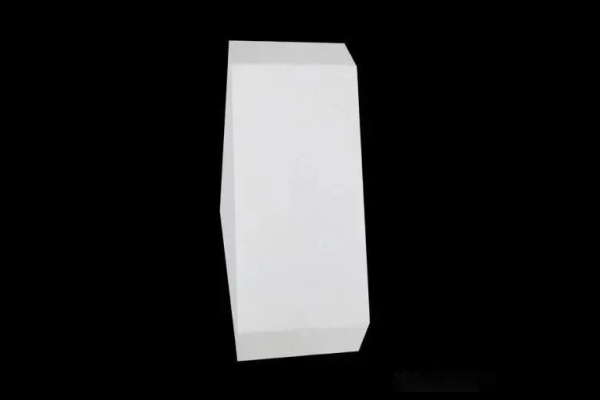
2. 発泡工法
泡立て法, 発泡法とも呼ばれる, 最初の発泡剤と水と一定の割合の泡液体を混合し、その後泥と混合します。, 成形後, 乾燥, そして製品を得るために発砲する.
サンダームンは、過酸化水素を使用して多孔質ビレットを製造できることを初めて発見しました。, 水酸化カルシウム, 発泡システムとしての炭酸カルシウム. 燃焼排気取り入れ法との比較, かさ高を抑えた軽量断熱耐火物, 独立気泡率が高い, 発泡製法により複雑な形状も得られます。.
発泡法による断熱耐火煉瓦の製造の鍵は、スラリー中の泡の形成と安定化です。. 界面活性剤, タンパク質, 高分子化合物は液体水の表面特性を変化させ、液体水に気泡を発生させることができます。.
液体の水のさまざまな変化により、, 彼らは発泡剤を 3 つの主要なカテゴリーに分類します. 現在、発泡剤断熱耐火物の製造において大きな成果をあげています。.
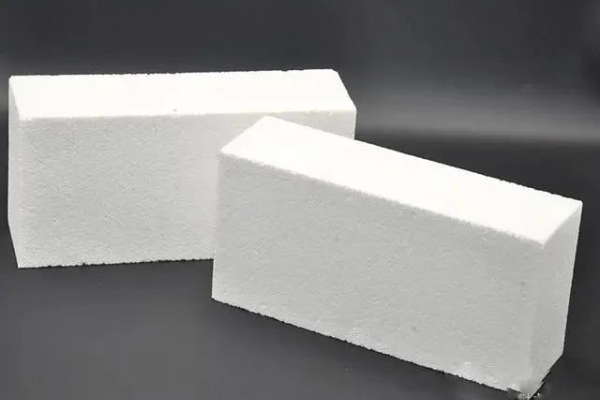
3. ガス発生方式
ガス発生方法は、スラリーにガスを発生する物質を添加するか、ガスを発生する原料を使用する方法です。, 一定の温度で均一に混合する, 酸度, 特定の条件下でアルカリ性になるため、製品の形成過程でガスが発生します。, この方法の多孔質構造の製品に形成することができます。.
原材料の要件, 造孔剤, 化学反応環境は比較的高い. 原料が粗い場合, パイルの緻密性が低い, the generated gas will run out with the gap. If the raw material is fine, it is more difficult to be evenly dispersed by the gas.
The particle size of the powder porous agent also has a greater impact on the formation of pores within the final material, the coarser powder is easy to forms a large number of localized gas bubbles. If it is not dispersed in time, it will result in a small proportion of solid phase locally and reduce the strength of the material. While the finer powder if the raw materials can be mixed very evenly, in the right environment will form many uniform bubbles inside the material.
Even if the particle size of both the raw material and the powder porous agent can meet the requirements, the chemical reaction can only take place under the appropriate reaction temperature and acidity/alkalinity conditions. Since the control of parameters in actual production is not as precise as in the laboratory, the reaction can be adversely affected.
The process parameters for the preparation of lightweight insulation materials by gas generation are more difficult to control:
On the one hand, the temperature and pH requirements are high, and bubbles will not be formed if the temperature and pH are not appropriate. It is not easy to control the speed of generating bubbles, and the generated bubbles tend to be dense, causing internal defects and reducing the strength of the material.
一方で, the requirements of the clay material are also higher, the viscosity of the clay material does not easily form pores, and the viscosity of the clay material does not easily stabilize the bubble formed inside the clay material.
4. Porous material method
The porous material method of preparing lightweight thermal insulation brick is the use of certain natural light aggregate, artificially manufactured porous light aggregate, or hollow ball aggregate to produce lightweight thermal insulation materials.
Currently in use are porous mullite products, alumina hollow ball heat-insulating bricks, and zirconia hollow ball heat-insulating bricks. These lightweight insulation refractory bricks have high strength, high service temperatures, and low re-firing line variation, but the matrix is usually dense to bind the aggregate firmly. 結果として, the bulk weight and thermal conductivity of these materials are higher than those of general insulating refractories, and their thermal shock stability is poor.
要約する
Comparing the above four methods of preparing lightweight insulation bricks, it is found that although the drying process of the insulating fire bricks prepared by the foam method is more cumbersome, it is easier to obtain lightweight insulating refractory bricks by the foam method. でも, it is easier to obtain heat-insulating materials with higher porosity by using the foam method.
If the amount of foaming agent and foam stabilizer is reasonably controlled, a large number of tiny closed pores will be formed inside the material. The existence of these tiny pores will greatly reduce the thermal conductivity of the insulation material.
加えて, if the shape of the pores inside the heat-insulating brick is closer to the spherical shape, the more uniform the dispersion of stress, when subjected to stress, there will be no stress concentration phenomenon, which is helpful for the improvement of the strength of the material.
The shape of the pores of the lightweight heat-insulating refractory materials prepared by the method of adding combustibles depends on the added combustibles. General combustion products either can not be processed to a very small particle size or irregular shape, the final material to get the shape of the internal pores is also irregular.
In the case of lightweight insulating refractory bricks prepared by the foaming method, the slurry contains enough water. したがって, the bubble liquid film due to surface tension will tend to minimize and automatically form a spherical shape. The bubble stabilizer in turn maintains this state of the bubbles from being destroyed, and eventually, a large number of regular pores will be formed inside the material after the slurry is cured. したがって, through comparison, it is found that if the process parameters are reasonably controlled, the preparation of lightweight heat-insulating refractories using the foaming method is a more promising method.

